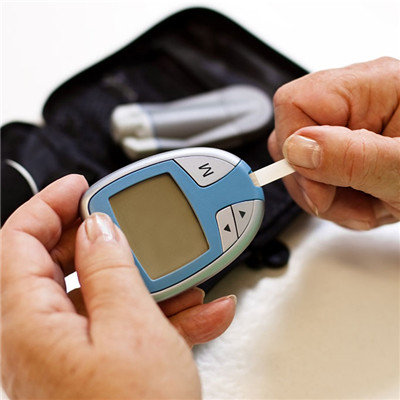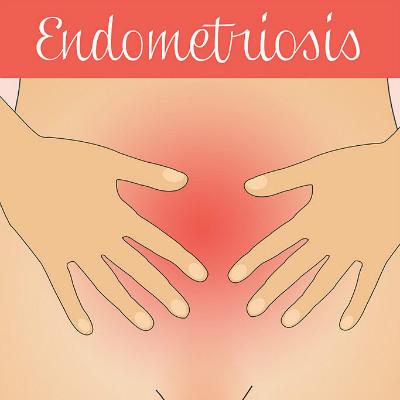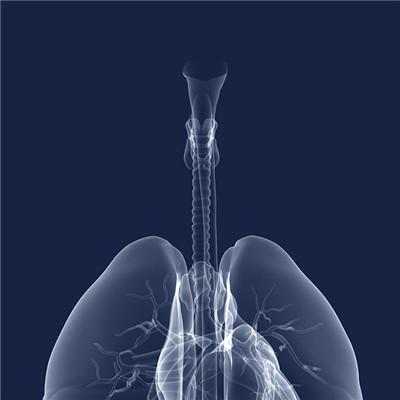Thalassemia symptoms?
summary
The arrival of a new life carries the good hope of a family. All parents want their children to be healthy. If any of the parents are unwilling to see any problems in the newborn, they should pay attention to the health of the child and find out the problems in time in order to effectively treat and control the thalassemia in the newborn. The child of a colleague has mild thalassemia. The child always looks pale, mild gangrene, dyspepsia and inattention, Insomnia, dreaminess and other anemia. How to distinguish the symptoms of neonatal thalassemia? Take a look.
Thalassemia symptoms?
There are three types of thalassemia: severe thalassemia, intermediate thalassemia and mild thalassemia. Severe children are asymptomatic at birth and begin to develop chronic progressive anemia at about one year old. They have dysplasia, pale complexion, obvious hepatosplenomegaly, and often mild jaundice. With the increase of age, the symptoms will become increasingly obvious. In the later stage, there were many complications.

Mild thalassemia children often have no obvious symptoms, or the symptoms are mild, often manifested in the symptoms of general anemia, dyspepsia, pale complexion, dizziness, tinnitus, inattention, hepatosplenomegaly or mild swelling and other symptoms, mild patients are generally not easy to find, mostly in the investigation of their family history.

Children with intermediate thalassemia are mostly found in early childhood. They gradually develop anemia, fatigue, mild jaundice, or no jaundice in infancy. The degree of hepatosplenomegaly is mild or moderate, and the bone changes are mild. With the increase of age, they have a special face similar to severe thalassemia.

matters needing attention
In order to avoid neonatal thalassemia, female friends during pregnancy or parents who are going to have children must do a series of physical examination and screening work to prevent neonatal thalassemia. Thalassemia major may present with fetal edema syndrome. Fetal abortion, stillbirth or death within half an hour after delivery usually occurs at 30-40 weeks. So it is necessary to do a good job of prevention.















